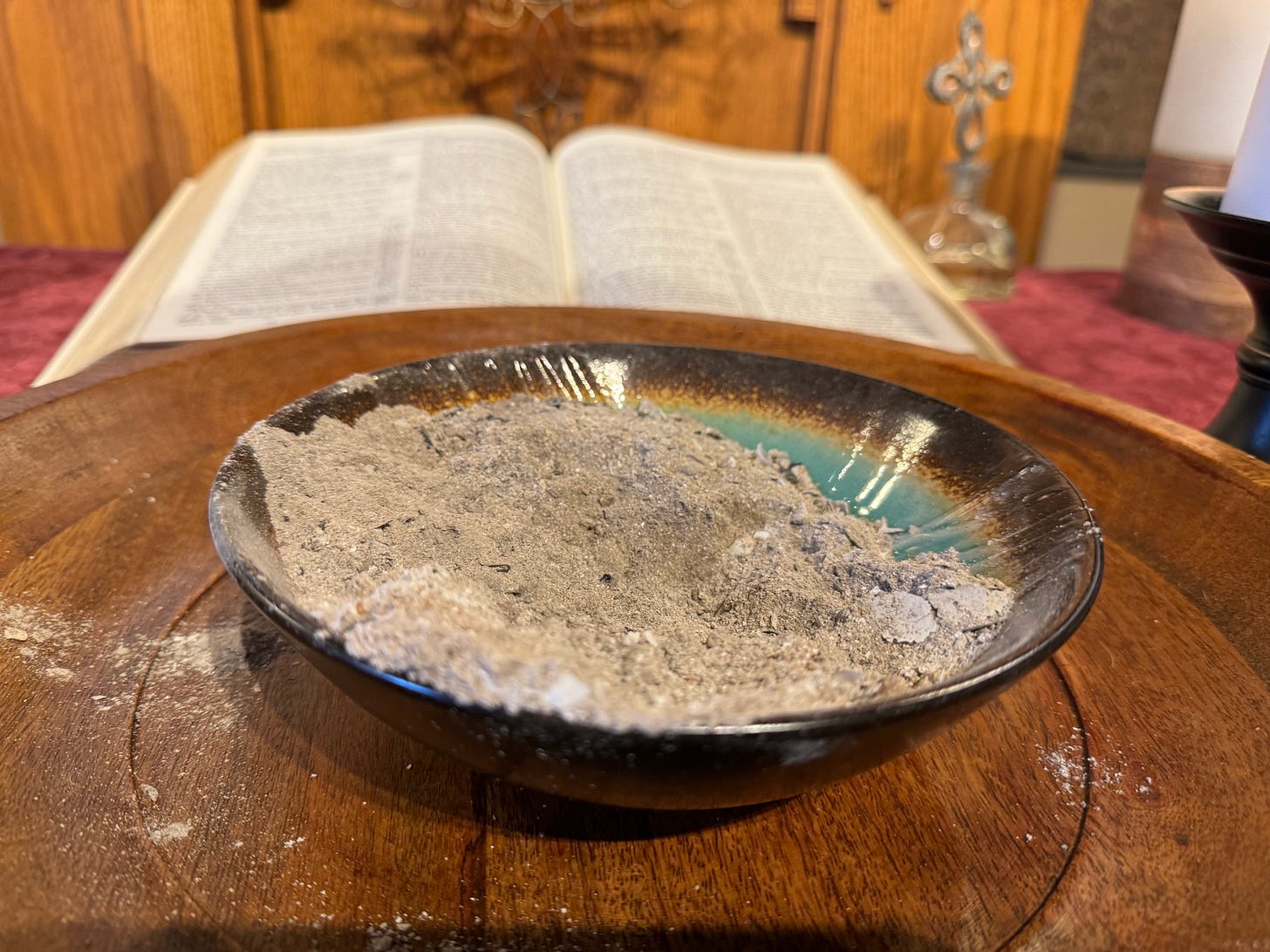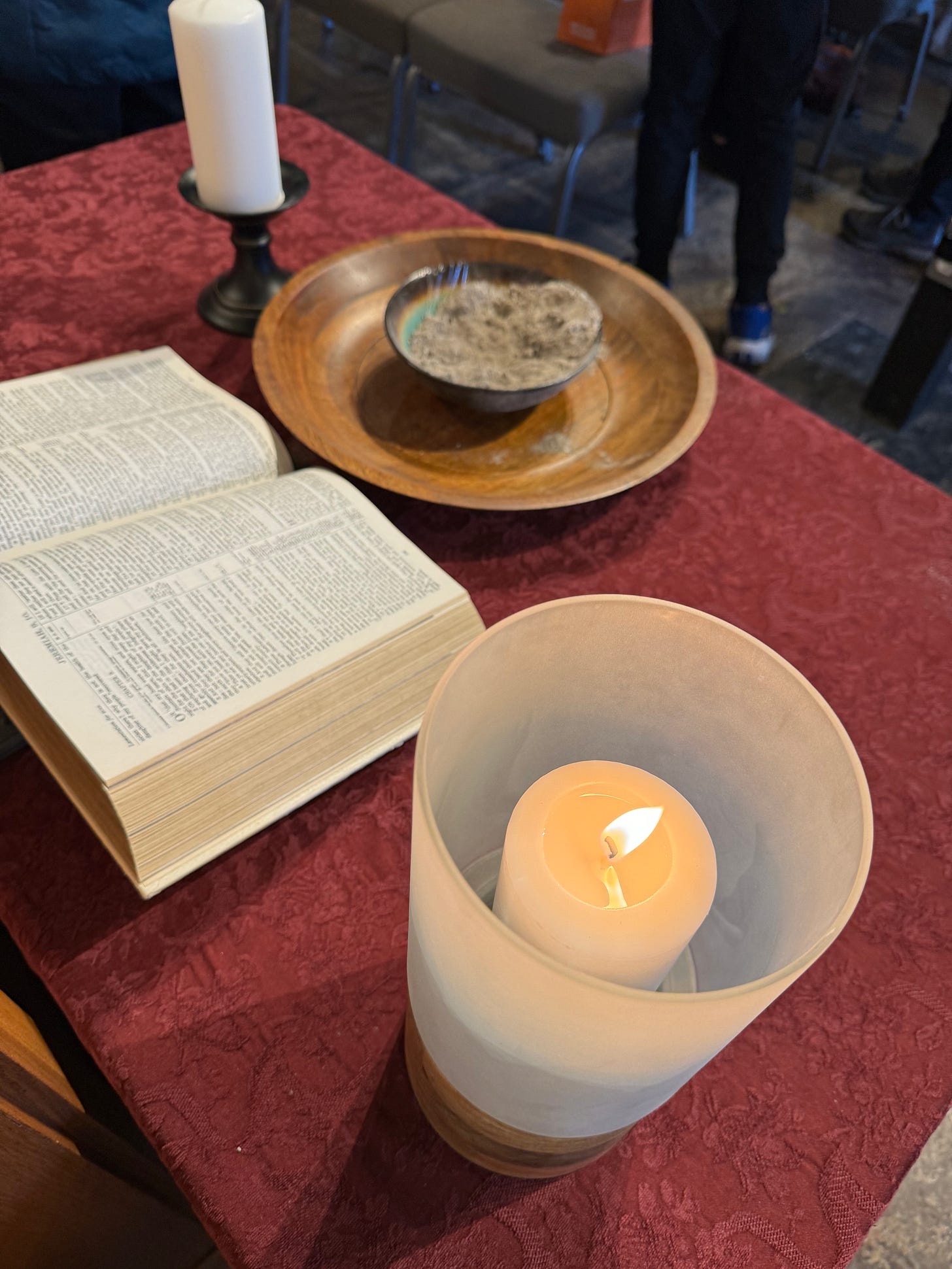“When Mordecai learned all that had been done, Mordecai tore his clothes and put on sackcloth and ashes, and went out into the midst of the city, and he cried out with a loud and bitter cry.” -Esther 4:1
Martin Shaw: "Wildness is the capacity to go into joy, sorrow, and anger fully and stay there as long as needed, regardless of what anyone else thinks. Wildness carries sobriety as well as exuberance, and has allowed loss to mark its face."
The ashes of fire represent the happenings, events, seasons, or passages in one's life that leave a heavy influence and mark upon the soul. Thresholds are part recognizing, rejoicing and reckoning.
Doing meaningful ceremony is a purposeful act of marking these moments in time, in a manner that helps us acknowledge or celebrate what has happened to us. Sacred ceremony can help us process the difficult moments and chapters in our lives.
In the world of mythology and story there is what is called “the Hero’s Journey”. To be a healthy and whole person we must move through all our life stages. To do so, we must face them, name them, own them and bear them in a transformative way.
If one doesn’t, these stages can become grave markers, instead of thresholds. They can bury you, instead of making you into the man or woman God has created you to become.
A true community stands with you and honors and heralds you as survivor of fire, a soul of ashes, threshold crosser, a traveler descending, rising, reborn and received.
Having ashes from the earth and fire applied to one’s face is an act that is most meaningful when it’s done in the witnessing community. To be marked with ashes is to be seen and recognized as someone who has endured and survived by those who “see you”.
To be marked is to have your pain, sacrifice and suffering acknowledged, to bring it out into the open, to touch it, to witness it, to see it on you and participate in its transformation of you.
For someone to mark their face in ashes from the fire is an ancient biblical and cultural ritual. This act is a self-made witness to one’s own participation in all that happens in your life. To put ashes upon yourself is to say that you bear the responsibility for your own part in the agonies and achievements of your journey. It is a personal act.
But is also a public witness to what has been done to you or what you have survived. All true transformations require elements that are private and public.
To cover your face in dust and ash is to embrace death and believe in resurrection. To openly confess and bear upon yourself the reality of what you have done and what you have been through.





